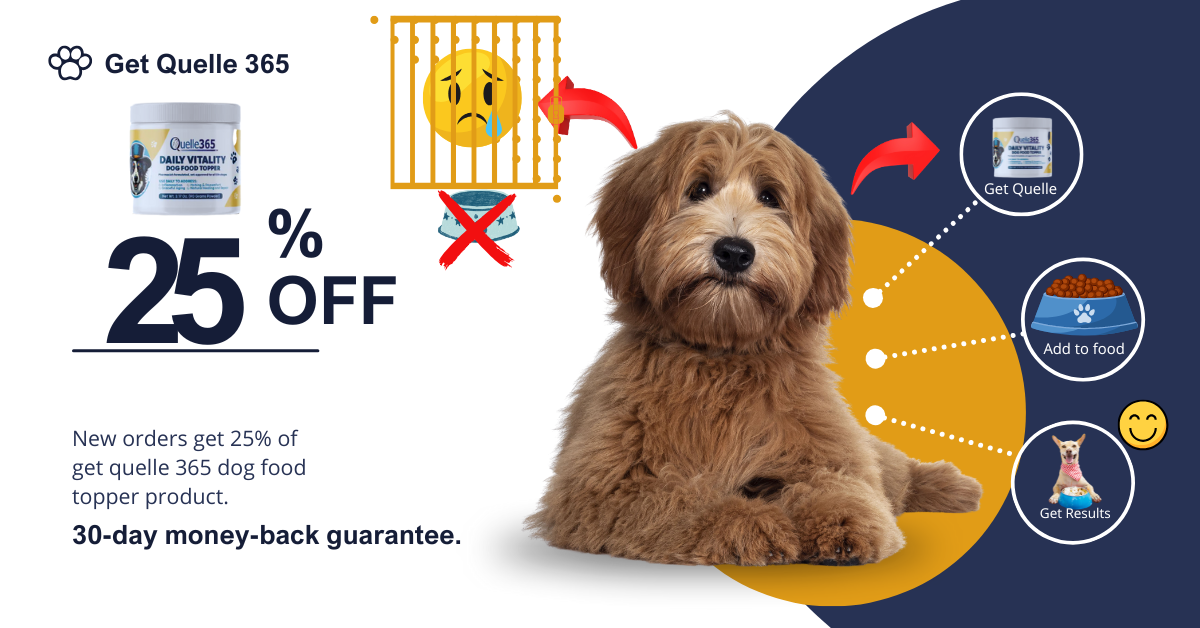Jamie Lampros, Special to the Standard-Examiner
The author's cat, Casper, enjoying a supervised outing in the evening shade.
Need to run into the grocery store real fast and leave your dog or cat in the car?
“Don’t do it,” said Dr. Eleanor Jenson, a veterinarian at Brookside Animal Hospital in Ogden. “Leave your pet home instead of risking their health and their life. I’ve seen animals left in cars overheat in a matter of seconds. Even when it seems cool outside to you, it can heat up inside your vehicle very quickly.”
Every year, hundreds of pets die from heat exhaustion after being left inside a hot car — even with the windows cracked or while parked in the shade, according to the American Veterinary Association.
If the outside temperature is 70 degrees, the inside of the car can rise to 89 degrees in 10 minutes, 99 degrees in 20 minutes and 104 degrees in 30 minutes, and the heat continues to climb the longer the vehicle sits there. When outside temperatures are in the 90s, heat inside the vehicle can rise to 109 degrees in 10 minutes and 124 degrees in 30 minutes.
“If you see an animal left inside a car alone, make the store or other business aware of the situation. And if nothing is done about it, I think contacting law enforcement is appropriate,” Jenson said.
Heat isn’t the only danger to animals riding in vehicles. The AVA also states that allowing a pet to ride in the back of a truck is asking for trouble, as the animal can fall or jump out and end up being injured or killed on impact. Allowing a dog to hang their head out the window also is discouraged as it raises the risk of injury from debris, airborne hazards or being thrown from the vehicle in case of an accident or an abrupt stop. The same goes for allowing a cat to lay on the dashboard while traveling in a vehicle or leaving them unrestrained to crawl on the driver’s lap or even under the brakes.
In addition to car danger, allowing pets to walk or run on hot asphalt can damage the pads of their paws, Jenson said.
“The heat on asphalt is much hotter than it is on concrete,” she said. “But if the temperatures are in the upper 90s or in the 100s, I wouldn’t let them on the concrete either. Wait until it cools down to let them out or take them for a walk.”
Outdoor pets also should have access to fresh cold water and shade at all times, Jenson said. And they need plenty of room to move around in a yard where they can seek shelter to cool off.
“It’s important to remember that certain breeds are more prone to heat stress,” Jenson said. “Bulldogs, pugs, Frenchies and Persian cats are among some of the breeds that can’t cool off as efficiently as some others.”
Signs of heat exhaustion and heat stroke include excessive panting, elevated body temperature, drooling, seizures, collapsing, vomiting, diarrhea, disorientation, reddened gums, and small pin-prick-sized spots on the skin, whites of the eyes, gums and ears.
According to pet experts, if you suspect your cat or dog is suffering from heat stroke or heat exhaustion, move them to a cool place as soon as possible such as a shaded area or air conditioned room. You can even place them in front of a fan.
Don’t submerge the animal in ice-cold water, but put them in cool water or use a towel dampened with cool water and place it under their abdomen if possible. Owners also can wet their paws with cool water or alcohol, but don’t use cold water or ice.
“The most important thing to do is cool them down and get them to a veterinarian as soon as possible,” Jenson said. “Time is of the essence to help prevent permanent damage and even death.”
Newsletter









